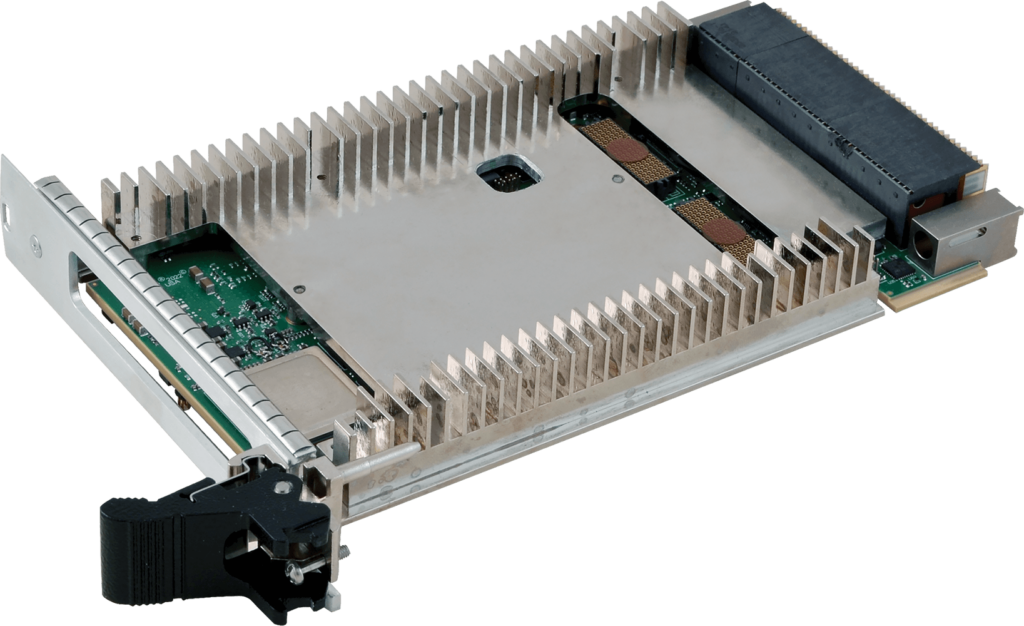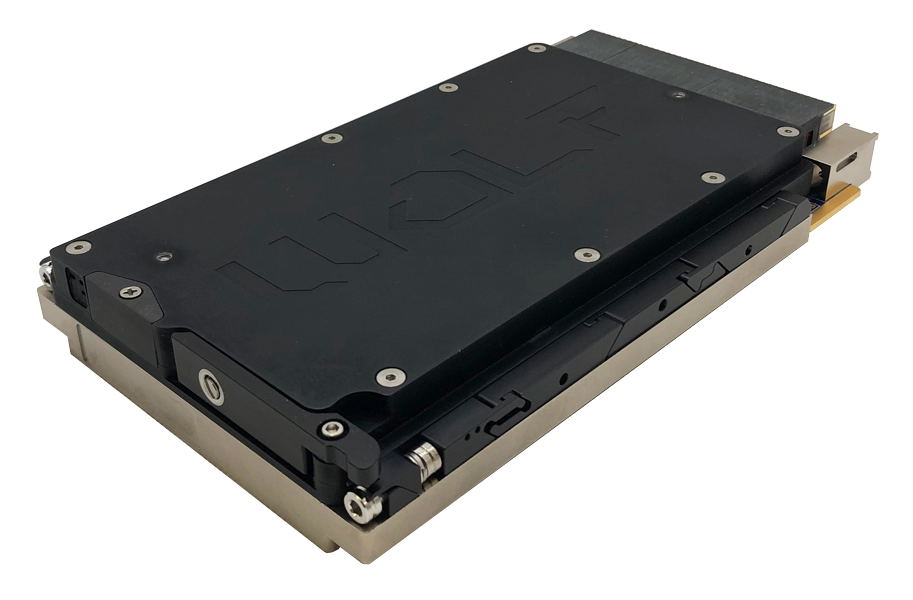A VPX system is a high-performance embedded computing architecture. Designed for rugged, mission-critical applications that demand high bandwidth, reliability and long-life operation. VPX is the evolution of legacy VMEbus systems. Firstly, it introduces modern serial fabrics such as PCIe, Ethernet, RapidIO and Aurora. In order to support today’s advanced workloads including AI, ISR video processing, sensor fusion and autonomy.
VPX systems use 3U and 6U plug-in modules that connect to a high-speed backplane inside a rugged chassis. They are widely used in Defence, aerospace, naval platforms, land vehicles, UAV/UGV systems, industrial automation and transportation where real-time data processing is essential.
Metromatics supplies VPX technologies in Australia and New Zealand, including GPGPU modules, CPU boards, FPGA cards, video capture cards, avionics interfaces and rugged power supplies.
Why VPX Exists
Traditional VME systems could not support modern mission demands such as:
- HD/4K/8K video processing
- GPU-accelerated AI/ML workloads
- real-time sensor fusion
- radar and EW processing
- autonomous navigation
- high-speed networking and data movement
VPX enables server-class computing performance in harsh environments where space, temperature, vibration and reliability constraints are extreme.
Key Features of a VPX System

High-Bandwidth Fabrics
Supports PCIe Gen3/4, 10/40/100Gb Ethernet, Aurora and RapidIO.
Rugged MIL-STD Reliability
Designed for MIL-STD-810, DO-160 and conduction-cooled deployments.
Modular Plug-In Architecture
Allows different VPX modules such as CPU, GPU, FPGA, I/O, networking and storage to be combined to suit mission requirements.
Multiple Cooling Options
- Conduction-cooled (sealed platforms)
- Air-cooled
- Liquid-cooled (very high-power AI/GPU loads)
Open Standard Compatibility
Aligns with SOSA, CMOSS, HOST and VITA standards for vendor interoperability.
VPX System Building Blocks
Backplane
Routes high-speed data and power between modules.
Chassis / Enclosure
Provides ruggedised housing with thermal, shock and vibration management.
VPX Modules (3U or 6U)

Typical modules include:
- CPU boards
- GPGPU accelerator cards
- FPGA modules
- Video capture and H.265 encoding cards
- Avionics interface cards (1553, ARINC)
- Network switches
- Storage modules
VITA 62 Power Supplies
Rugged power supply modules compliant with MIL-STD requirements.
Where VPX Systems Are Used
Defence & Aerospace
- Mission computers
- ISR and EO/IR video processing
- Electronic warfare systems
- Autonomous platforms
- Radar and signal processing
- Tactical networking
Naval & Submarine Systems
- Sonar
- Video distribution
- Combat systems
Land Vehicles / Vetronics
- Turret systems
- 360º situational awareness
- Fire-control and targeting systems
Unmanned Systems (UAV, UGV, USV)
- Onboard autonomy
- AI edge computing
- Sensor payload processing
Industrial & Rail
- Rugged controllers
- Surveillance and video management
- High-speed data acquisition
3U vs 6U VPX – What’s the Difference?
What Is 3U VPX?
3U VPX is a compact form factor (approx. 100mm × 160mm). Ideal for size, weight and power-constrained environments such as UAVs, land vehicles, turrets and sensor pods.
What Is 6U VPX?
6U VPX is a larger form factor (approx. 233mm × 160mm). Typically used when more processing capacity or more I/O or system expansion is required. It is common in aircraft mission computers and naval systems.
VPX vs VMEbus
| Feature | VME | VPX |
|---|---|---|
| Bandwidth | Low | High-speed serial fabrics |
| Cooling | Air only | Air, conduction, liquid |
| GPU/AI Support | Minimal | Excellent |
| Ruggedness | Moderate | High |
| Architecture | Legacy | Modern open standards |
| Applications | Legacy systems | Advanced ISR, AI, EW, autonomy |
Why VPX Matters for Modern Military Systems
VPX brings modern computing capabilities to deployed platforms, enabling:
- real-time sensor fusion
- AI/ML inference at the tactical edge
- ultra-low-latency video processing
- secure, high-speed networking
- modular upgrades without redesign
- compliance with open architecture mandates
This makes VPX essential for UAVs, UGVs, submarines, surface ships, armoured vehicles, aircraft and mission systems.
VPX in Australia
VPX is widely used across:
- Defence primes
- Aerospace integrators
- Naval and submarine programs
- Land vehicle engineering teams
- Research organisations
- Autonomous system developers
Metromatics distributes VPX modules that comply with VITA, CMOSS and SOSA open standard frameworks.
VPX Frequently Asked Questions
What does VPX stand for?
VPX stands for VMEbus Pin eXtensions, a modern evolution of VME with high-speed serial fabrics.
What is a VPX module?
A VPX module is a plug-in 3U or 6U card used in a VPX chassis. Modules can be CPUs, GPUs, FPGAs, I/O cards, networking switches or storage units.
What are the advantages of using VPX?
VPX provides:
- very high bandwidth
- modular architecture
- rugged MIL-STD performance
- GPU/FPGA support
- multiple cooling options
- open standard compatibility
- long lifecycle and upgrade paths
Is VPX used in Defence or Military applications?
Yes. VPX is widely used in ISR, mission computing, electronic warfare, radar processing, autonomous systems and naval/land/air platforms.
What is the VPX architecture?
The VPX architecture includes a rugged chassis, high-speed backplane, plug-in modules and serial data fabrics defined by VITA standards.
Talk to Us About VPX Systems
Metromatics provides a wide range of VPX solutions across Australia and New Zealand. Including rugged CPU, GPU, FPGA, I/O, video capture and avionics modules. Plus power supplies and chassis options.
Contact us today for specifications, pricing or engineering guidance for your VPX project.
